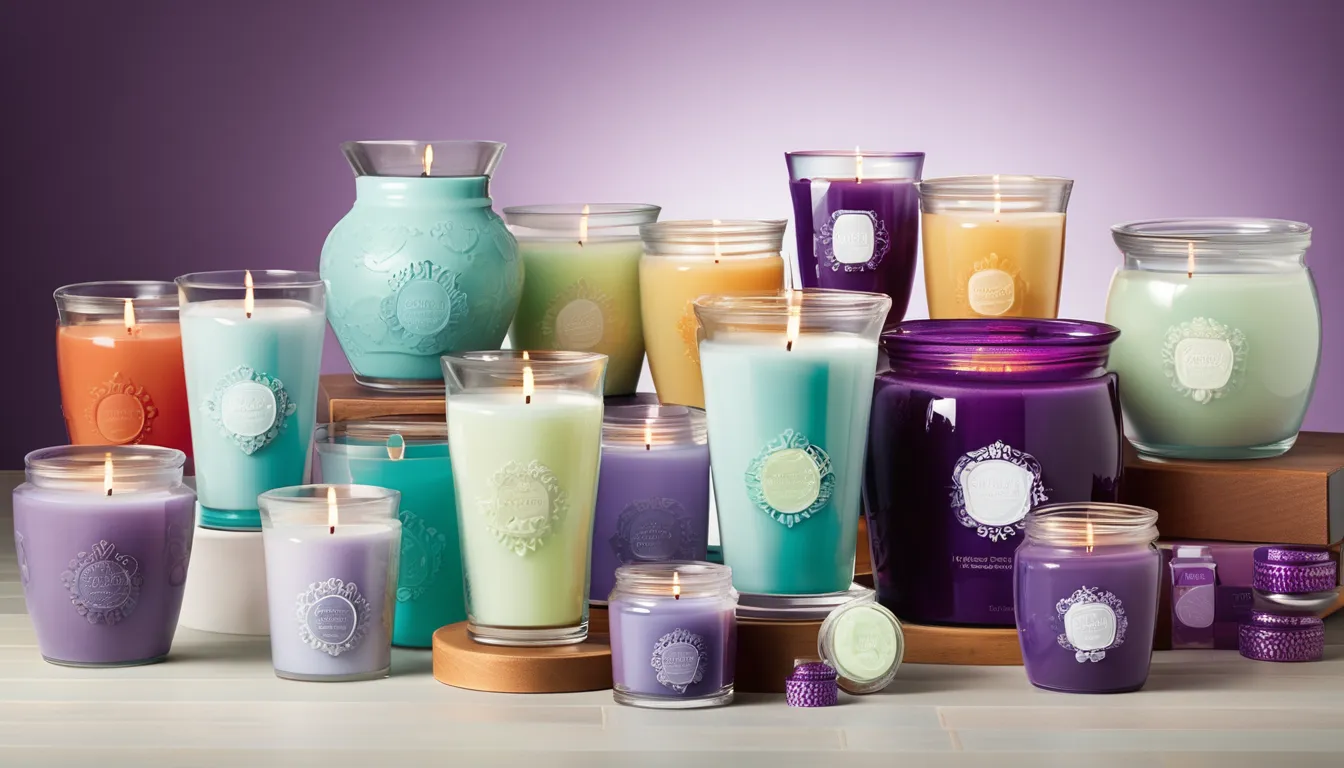As you light a candle, you’re witnessing a complex chemical reaction that’s been perfected over centuries. The flame’s gentle dance is the result of a delicate balance between wax, heat, and oxygen. But have you ever stopped to consider the intricacies of this process? The wax’s composition, the wick’s structure, and the surrounding air all play crucial roles in sustaining the flame. Understanding these elements can reveal surprising insights into the science behind candle flames. But what exactly happens when wax vaporizes and meets oxygen, and how do these interactions impact the flame’s stability and temperature?
The Anatomy of a Candle
You’re probably familiar with the basic components of a candle, but let’s dive deeper into its anatomy. A candle consists of a wick, wax, and a wick tab or wick clip, which is usually made of metal or paper.
The wick is typically made from cotton, paper, or another absorbent material, and it’s designed to draw fuel (wax) to the flame.
The wax, which can be made from various materials such as paraffin, soy, or beeswax, is the fuel source for the candle.
It’s usually colored and scented to give the candle its desired appearance and smell.
The wax is typically poured into a mold to create the desired shape, and it’s then allowed to cool and harden.
The wick tab or clip is usually located at the base of the wick and serves as an anchor to keep the wick in place.
It also helps to prevent the wick from getting too close to the sides of the candle, which can cause the wax to melt unevenly.
Understanding the anatomy of a candle is essential to appreciate its functionality and overall performance.
Combustion and the Flame Process
Now that you’ve got a grasp of a candle’s components, let’s see how they work together to produce a flame. Combustion is the process by which a candle burns. It involves a chemical reaction between the wax, heat, and oxygen. When you light a candle, the heat from the flame melts the wax near the wick.
| Stage | Description | Temperatures |
|---|---|---|
| Solidification | The wax solidifies and forms a crust around the wick. | 40-60°C |
| Melting | The wax melts and scentsy queen pineapple ms a pool of liquid wax. | 60-80°C |
| Vaporization | The liquid wax vaporizes and rises to the wick. | 180-200°C |
| Combustion | The wax vapor combines with heat, producing a chemical reaction that releases light and heat. | 800-1200°C |
As the wax melts and vaporizes, it rises to the wick, where it’s heated to its flash point and ignited. The combustion process produces light, heat, and carbon dioxide. Understanding this process is essential to creating a stable and efficient flame.
Role of Oxygen in Burning
As the wax vapor combines with heat in the combustion process, oxygen plays a crucial role in sustaining the flame. You mightn’t notice it, but oxygen is constantly being consumed by the flame, which is why it’s essential to have a sufficient airflow around the candle.
The oxygen reacts with the wax vapor to produce carbon dioxide and water vapor, releasing heat in the process. This heat, in turn, melts more wax, creating a continuous cycle that sustains the flame.
When oxygen levels are low, the flame may become unstable or even extinguish. Conversely, when there’s an abundance of oxygen, the flame will burn brighter and more efficiently. You can test this by blowing gently on the flame – as the oxygen flow increases, the flame will grow stronger. However, be cautious not to blow too hard, as this can extinguish the flame due to the loss of heat. By understanding the role of oxygen in burning, you can better appreciate the delicate balance of the combustion process.
Wax and Fuel Composition
The combustion process relies on more than just oxygen – it also requires a suitable fuel source. When it comes to candles, the fuel source is the wax itself. Paraffin wax is the most commonly used wax in candle-making, primarily due to its availability and low cost. However, other types of wax like soy, beeswax, and palm wax are also used, each with their own unique properties and burning characteristics.
As you explore the composition of wax, you’ll notice it’s primarily made up of hydrocarbons. These hydrocarbons are the building blocks of the wax molecule, providing energy when burned.
The length and branching of these hydrocarbon chains can affect the melting point and hardness of the wax, ultimately influencing how it burns. For example, shorter hydrocarbon chains tend to produce a softer wax, while longer chains result in a harder wax. Understanding the composition of wax helps you appreciate the complex chemistry behind a candle’s flame. By examining the properties of wax, you can better comprehend how it interacts with oxygen to produce a stable and efficient burn.
Flame Temperature and Stability
Flame temperature plays a crucial role in a candle’s stability. As you observe a candle flame, you’ll notice it’s not a single, uniform temperature, but rather a range of temperatures.
The hottest part of the flame is the blue inner core, which can reach temperatures around 1800°C. This high temperature is due to the complete combustion of wax and oxygen. The yellow outer flame, on the other hand, is cooler, around 1000°C, due to incomplete combustion.
When you adjust the wick size or airflow, you’re affecting the flame temperature and stability. A larger wick or increased airflow can lead to a higher flame temperature, but it can also cause the flame to become unstable and flicker.
Conversely, a smaller wick or reduced airflow can result in a lower flame temperature and a more stable flame. By understanding the relationship between flame temperature and stability, you can optimize your candle’s performance and create a more consistent, enjoyable burn.
Experimenting with different wick sizes and airflow can help you achieve the perfect balance between flame temperature and stability.
Conclusion
You’ve now gained insight into the fascinating world of candle science. Combustion, oxygen, and wax composition all play critical roles in the chemistry behind candle flames. As you light a candle, consider the intricate process unfolding before your eyes. The flame’s stability and temperature are influenced by the wax’s properties, while oxygen sustains the reaction. It’s a delicate dance of elements that creates the warm glow you enjoy.





